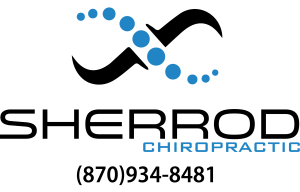Treating Sports Injuries
The most common types of sports injuries are sprains and strains of the extremities. The tissues involved—muscles, tendons and ligaments—have varying degrees of tensile and elastic properties, making them important for proper function relative to specific actions.
While prevention is the best way to approach sports injuries, properly executed acute care and management are key to effective treatment. There is an acronym to help us remember what to do: PRICE.
Protection is critical to reducing injuries from becoming more serious not only from the sport, but from daily activities. You may require a brace, support, belt or any assistive device necessary to protect and aid the body during normal activities to reduce further injury.
Rest is necessary to give time for the stages of healing to occur without further injuring the tissue. During the rest phase our bodies repair the damage from participation, training and conditioning so that we can recover.
Ice is the most important step in reducing swelling, in addition to the analgesic effect of the cold. This should be done for at least 10 to 20 minutes and should be repeated as necessary for at least 24 to 72 hours post-injury. Your doctor will instruct you to make sure the ice is not directly on the skin.
Compression is important for reducing edema from the inflammatory response, which can lead to further damage of tissues as a result of continued stretching and tearing. Your doctor will show you that compression can be done by use of an elastic bandage to decrease swelling, but you need to check often to make sure it’s not too tight.
Elevation is the final concept to aid in reducing swelling to help speed healing. By elevating the body part above the level of the heart, you aid in drainage of fluids from the inflamed tissues and reduce the damage from overloading injured tissue.



